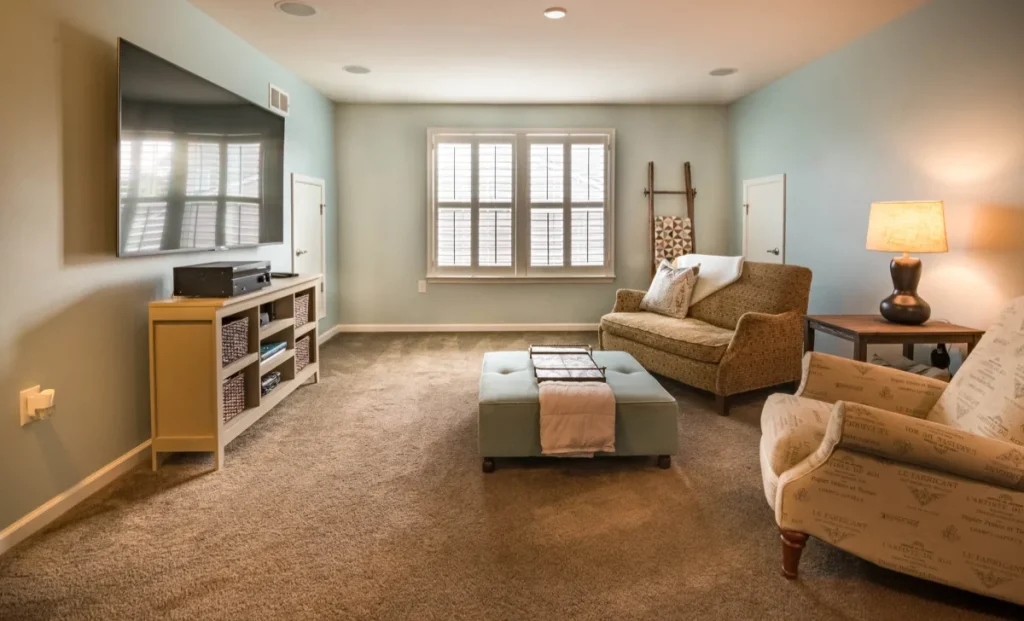How Home Design Can Support Your Well-being

The places where we spend time influence our thoughts, emotions, and daily life. Whether it is the morning light in your kitchen or the quiet calm of a reading nook, thoughtful design choices have a lasting impact on daily experience.
In places like Jackson Hole, where design seamlessly blends with nature at every turn, Jackson Hole architects are at the forefront of creating homes that nourish the senses and promote overall well-being.
Reclaiming the Home as a Healing Space
Homes today carry many roles. They are places to work, rest, connect, and reflect. This change in purpose makes thoughtful design more important than before. When architecture supports health and calm, the space becomes more than shelter. It becomes a partner in daily life.
This kind of design is not about luxury. It is about understanding how space affects emotion, energy, and habits. A thoughtful home can ease tension, improve focus, and restore balance.
Even small changes make a difference. Shifting furniture to improve movement, choosing warmer colors for comfort, or allowing more natural light can all contribute to a better living experience.
Light, Air, and Flow Create Comfort
Natural light is vital for body and mind wellness. Exposure to natural light helps regulate sleep, boost mood, and sharpen focus. It also supports the body’s rhythms. Thoughtfully planned rooms let natural light fill your home, adding comfort and radiance all day long.
Fresh air is just as important. Homes that allow for steady ventilation feel cleaner and more vibrant. Materials, paints, and finishes should support rather than harm indoor air quality. Good airflow, open layouts, and strategically placed windows enhance both comfort and clarity.
The way people move through a space also matters. A layout that feels cramped or congested can lead to mental fatigue. Clear paths and open flow offer ease and reduce stress. Even the positioning of doorways or the placement of furniture can shape a room’s energy and ease of use.
Letting Nature Guide the Interior
Design inspired by nature feels good to live in. This can include soft textures, natural colors, or views of the outdoors. A single plant on a ledge can help you feel tied to nature. The presence of natural elements calms the nervous system and invites deeper focus.
Materials such as wood, stone, wool, or clay offer warmth and texture. They also age with grace. Natural materials do not release harmful chemicals and can improve air quality over time. These choices lead to homes that feel alive, not static.
Natural elements also bring subtle changes through the seasons. Light shifts, reflections on stone, or shadows from plants can gently connect us to the passage of time. This creates a home that grows with its residents rather than staying fixed.
Building with Healthy Materials
What a home is made of has long-term effects. Many common products release gases or contain compounds that can irritate the lungs and skin. Natural finishes help create safer indoor spaces. Clay, lime, untreated wood, and mineral-based paints support health in subtle and lasting ways.
These materials also regulate moisture and temperature. They help the home adjust gently to changes in the environment. This results in fewer extremes and more stable comfort. In colder months, materials with thermal mass help retain warmth. In warmer seasons, they cool gradually and naturally.
Healthier materials often come with fewer harsh colors or artificial textures. This supports a visual calm that aligns with the home’s physical comfort.
Spaces That Reflect Your Values
Architecture is about more than appearance. It is a way to express what matters. A kitchen can invite slow meals and conversation. A quiet corner can provide a space for reflection or meditation. Design that begins with values helps people live with more intention.
Professionals who ask questions about lifestyle, not only style, can shape homes that support personal growth. They consider how the space will feel at various times of day, during different seasons, and throughout the rhythms of everyday life.
This process is less about following trends and more about creating timeless comfort. A space built around personal rhythm will always feel right, regardless of the colors or materials in fashion.
Simplicity as a Source of Peace
A home does not need to be large or ornate to feel peaceful. Often, a simple design brings the most calm. When spaces are uncluttered and materials are consistent, the mind can rest. A quiet backdrop lets daily life unfold with less friction.
Minimalism in this context does not mean emptiness; instead, it means simplicity. It means space that is useful and beautiful without extra noise. It means thoughtful choices that support presence, rest, and connection.
Simplicity also makes room for flexibility. A well-designed space can adapt to change, support new routines, or offer a place of rest during busy times.
Home as a Teacher of Good Living
Every detail in a home influences behavior. A bright, open room might encourage early rising. A warm and quiet space may invite deeper sleep. Design nudges people toward habits that align with health and happiness.
Working with architects who understand wellness can lead to spaces that are not only attractive but deeply supportive. These homes become steady foundations for life. They help people remember what matters.
Ultimately, good design teaches us how to live better. It speaks softly instead of loudly. It welcomes instead of directs. And it supports a quiet kind of joy that grows with time.

